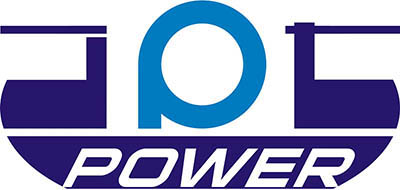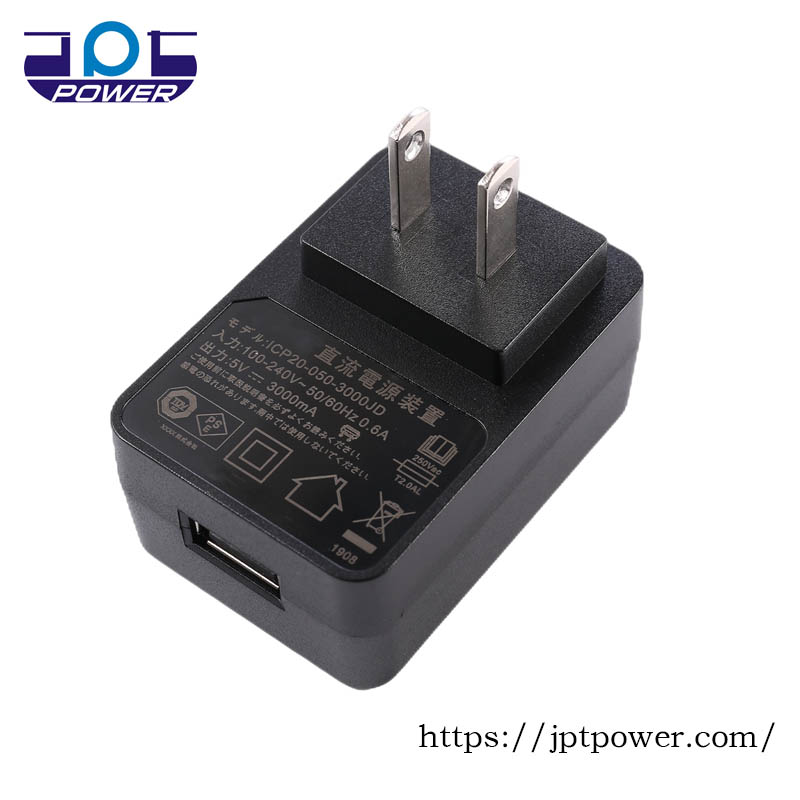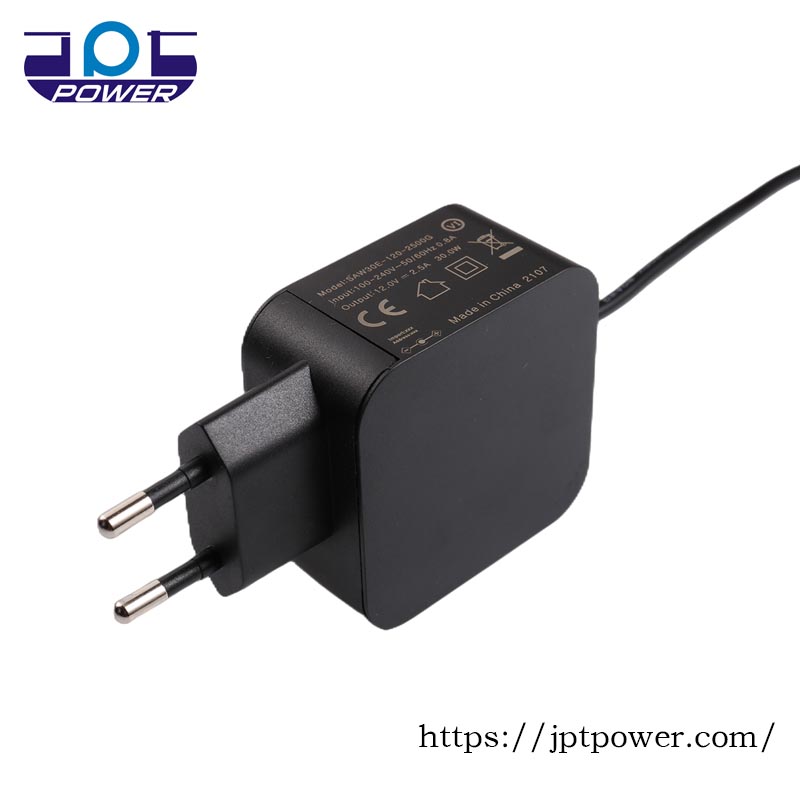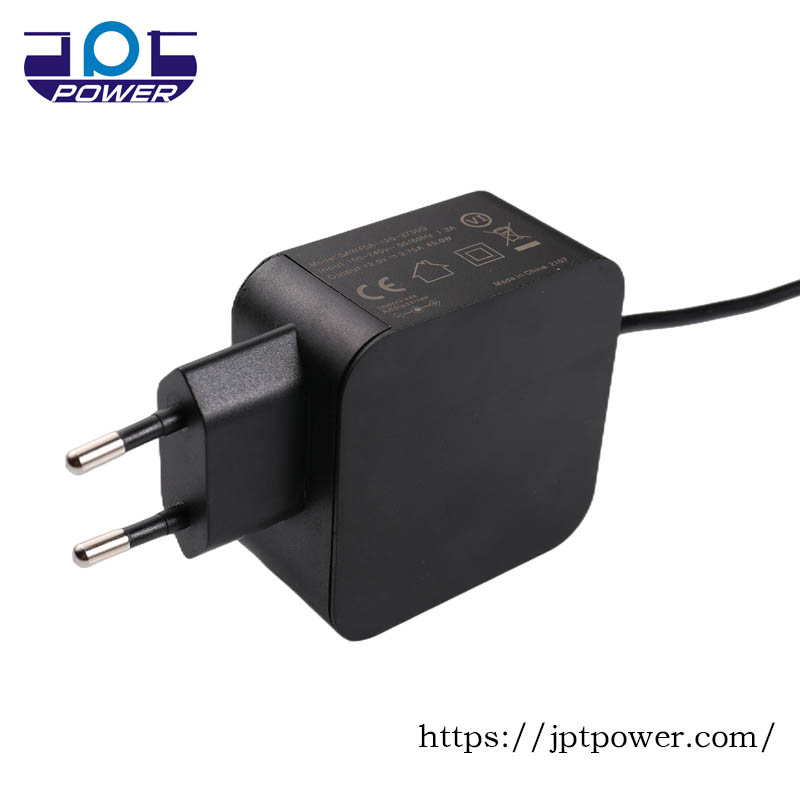What are the tests required for a qualified USB power adapter
In today’s life and work, adapters have become an important part of electronic devices. Among these adapters, the USB power adapter has become the choice of more and more users because of its small and portable, easy to use and other characteristics, such as mobile phone chargers, tablet chargers, laptop chargers and so on. However, in order to ensure the safety, reliability and compliance with standard requirements of the USB power adapter, it is necessary to pass a series of tests before it can be called a qualified USB power adapter.
I. USB power adapter test standards
To ensure the quality and reliability of USB power adapters, a series of international or regional testing standards need to be followed.
For example, IEC, UL, EN and other international standards, these standards are divided into the following categories: 60950\62368\61558\60335\1310\60601 etc. These testing standards include appearance integrity, size and weight inspection, label and packaging inspection, material inspection, mechanical safety testing, electrical safety testing, performance testing and many other aspects. Only by meeting these test standards and passing the corresponding certification can consumers use USB power adapters with confidence.
All products have been certified by many authoritative institutions such as UL, cUL, CB, CE, TUV/GS, PSE, RCM, BIS, CCC PSB and so on.
II. Test project overview
1. Appearance check: During appearance check, check whether there are cracks, scratches or deformation on the surface of the USB power adapter. At the same time, it is also necessary to check whether the lights and keys are normal, and whether there is dust and dirt. These problems need to be carefully examined during the appearance inspection process.
2. Size and weight check: In the size and weight check, it is necessary to test according to the requirements of the product specification book. For example, the product size should be within a certain range, and the weight should also meet the corresponding standards. The failure of these parameters may affect the performance and use effect of the product.
3. Label and package check: During the label and package check, check whether the package is complete and the label is complete and consistent with the product. At the same time, it is also necessary to check whether the packaging materials meet environmental protection requirements. These checks ensure that the product meets the requirements in terms of product packaging and after-sales service.
4. Material inspection: In the material inspection, it is necessary to check whether environmentally friendly materials are used. For example, whether the shell of the product is made of PC, ABS, PET materials, and whether SGS reports can be provided to ensure compliance with ROHS and REACH requirements.
5. Mechanical safety test: In the mechanical safety test, it is necessary to check the wear resistance and mechanical strength of the plug and USB socket. For example, it is necessary to check whether the plug socket is stable, whether the strength of the joint part meets the international standard, and whether the plug and pull force and life of the USB meet the requirements stipulated by the USB Association.
6. Electrical safety test: In the electrical safety test, it is necessary to check the insulation resistance, overcurrent protection, overvoltage protection and other aspects. In the power adapter withstand voltage test, it is necessary to ensure that the product does not pose a shock hazard during normal use.
7. Performance test: In the performance test, it is necessary to detect the voltage, current, power, temperature, ripple and other parameters of the USB power adapter. For example, in voltage and current testing, it is necessary to detect whether the output voltage and current of the product are within the specified range, and meet the requirements of international standards.

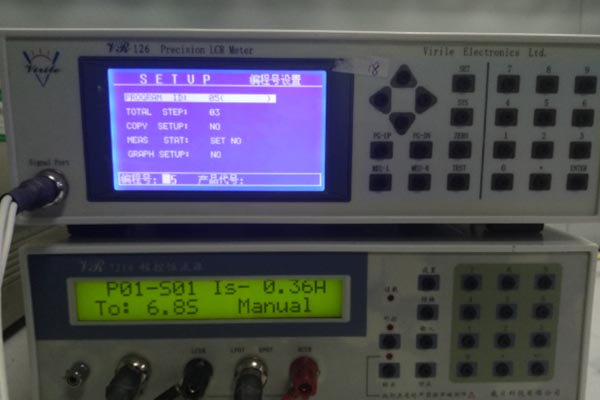
III. Manufacturer quality control system
USB Power adapter testing process needs to take into account the manufacturer’s quality control system, JPT Power obtained ISO9001 14001 quality management system and strictly implement. Including the whole process traceability of the production process, strict raw materials, environmental protection, quality control requirements. Under the premise of the implementation of the safety production responsibility system, each link of production needs to go through strict audit and inspection to ensure that the quality and safety standards of each product meet the requirements.
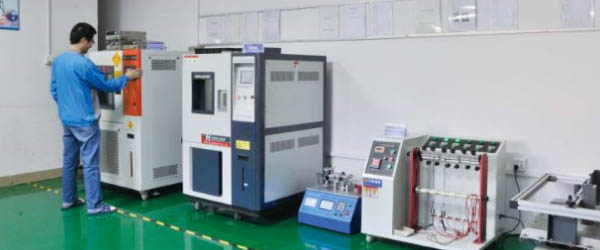
IV. Conclusion
In order to ensure the safety and reliability of the user’s use of the USB power adapter, the test of the USB power adapter is an essential part. Through the inspection of many aspects such as appearance integrity, mechanical safety, electrical safety and performance testing, it can be guaranteed that the produced USB power adapter meets the relevant international or regional standards, so as to obtain the corresponding certification and qualification. At the same time, manufacturers also need to establish a strict quality control system, every detail is included in the scope of supervision, to ensure product quality and safety and reliability.
